Budapest attractions whose twins you can find abroad – PHOTOS

As one of the world’s most beautiful cities, the picturesque Hungarian capital is home to several must-see attractions. But did you know that some of them have twins abroad? Check them out below!
Chain Bridge in England
Although it cannot compare to the beauty of the Budapest version, the twin of the Chain Bridge can be found elsewhere in Europe. The suspension bridge beautifies the skyline of the small town of Marlow. The landmark bears a striking resemblance to the Hungarian version and for good reason,
as both versions were designed by the same architect, William T. Clark.
The original components of the Chain Bridge were actually made in England and then transported to Budapest to be assembled. Another similarity is that both bridges cross the respective country’s iconic river. The Budapest one is over the Danube while the English one is over the Thames, reported Magyarorszagom.
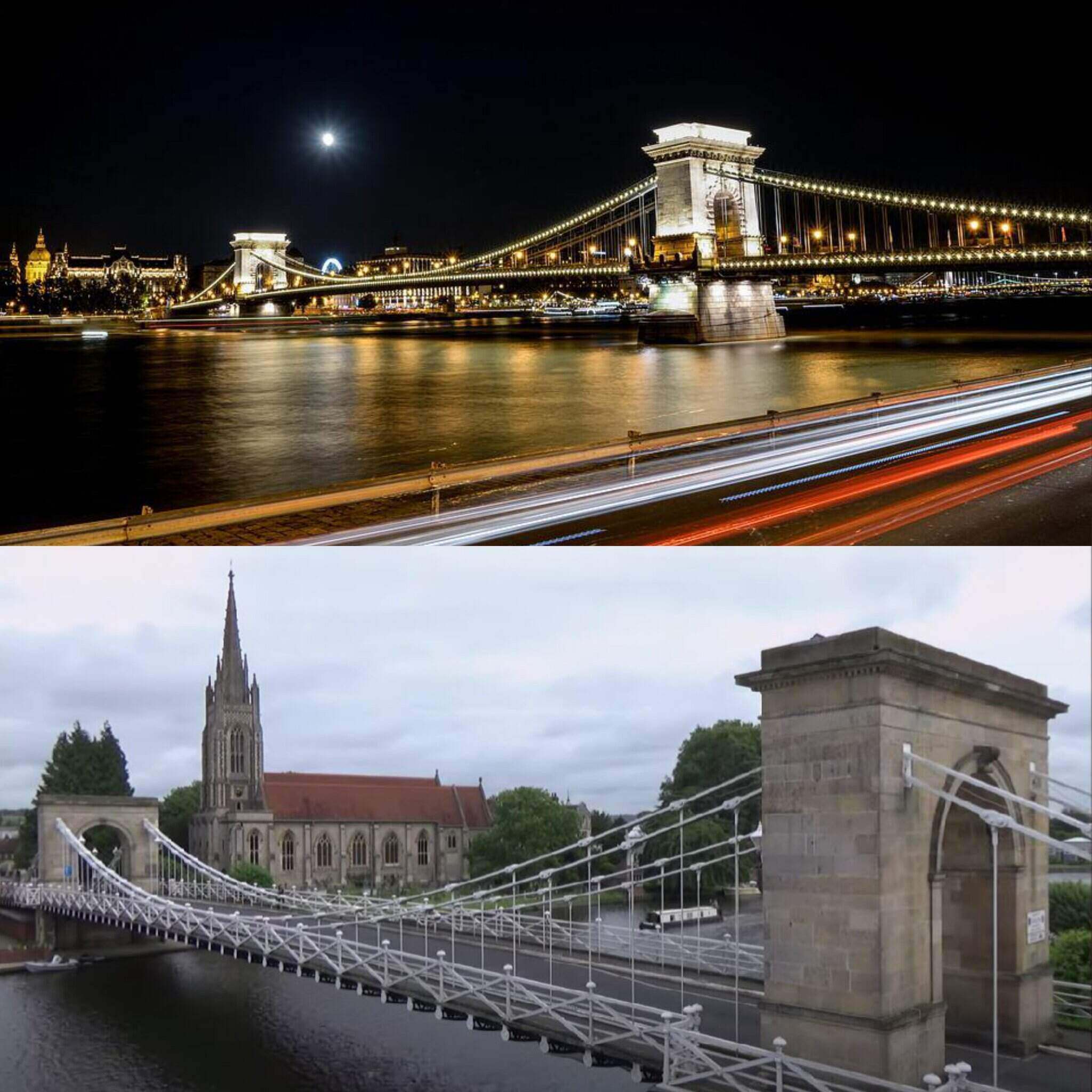
Considering their size, the English version is much smaller. The Hungarian Chain Bridge, which is the oldest permanent bridge on the Hungarian stretch of the Danube, is 375 metres long, while the one in England is “only” 72 metres.
Heroes’ Square in China
At first sight, the Chinese replica of the Budapest Heroes’ Square looks pretty much the same. The strangest thing about the square was that it was placed there almost in secret, with no permission or information requested from any official Hungarian authority. Global Paradise, built 23 kilometres from Shanghai, has some of the world’s most famous buildings and attractions in China. The landmarks were built to an exact replica, 90 per cent scale. As Érdekes Világ reports, Heroes’ Square is located next to the Brandenburg Gate, opposite an amphitheatre.
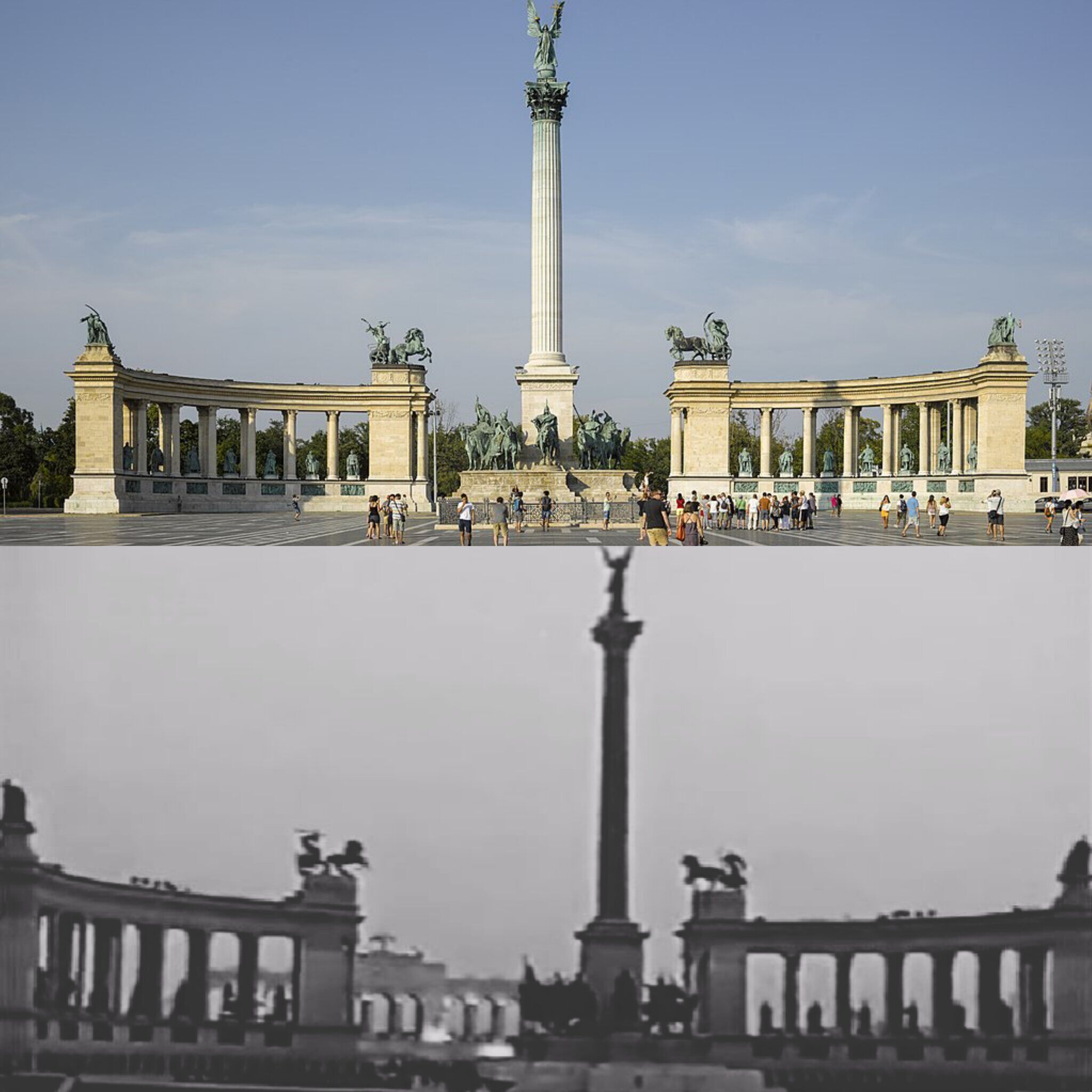
Global Paradise has been one of China’s most important investments, and it was inaugurated in 1996. However, it has not been as successful as planned, in terms of tourism. Perhaps because of its location, perhaps because of the high entrance fees, it went bankrupt 1.5 years later. Nowadays, locals graze their animals here, among replicas of the world-famous buildings.
Hungarian Parliament building in Romania
If you would like to check every tiny detail of an architectural masterpiece, then you do not need to go further than Romania. Here you can find the miniature of the Hungarian Parliament whose construction took six months for the creator, Imre Mezei.
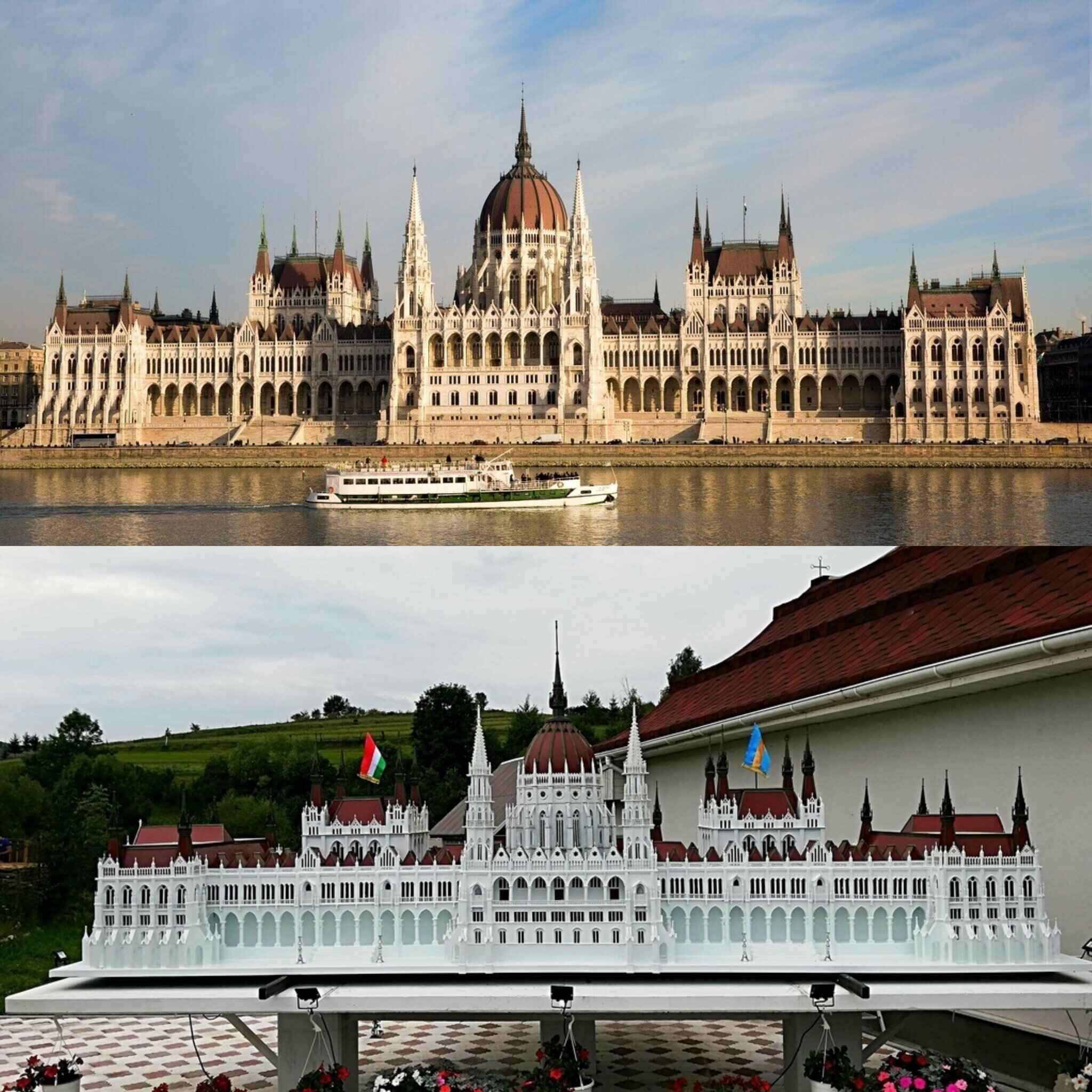
The Transylvanian carpenter and mason created the special model from metal, using his own traditional tools. The elaborate work aims to capture every detail of Budapest’s iconic building, including the nearly seven hundred small windows and the special roof system. The unique work of art has become a tourist attraction in Gyergyószék, Romania, reported 24.hu.
Castle of Vajdahunyad in Romania
Few may know that the fascinating castle complex in Budapest’s City Park is a replica. The original castle of Vajdahunyad is the most impressive and spectacular Medieval castle in Transylvania and the most famous tourist attraction in the region.
The impressive Gothic castle is also called “the king of castles” by Hungarian novelists.
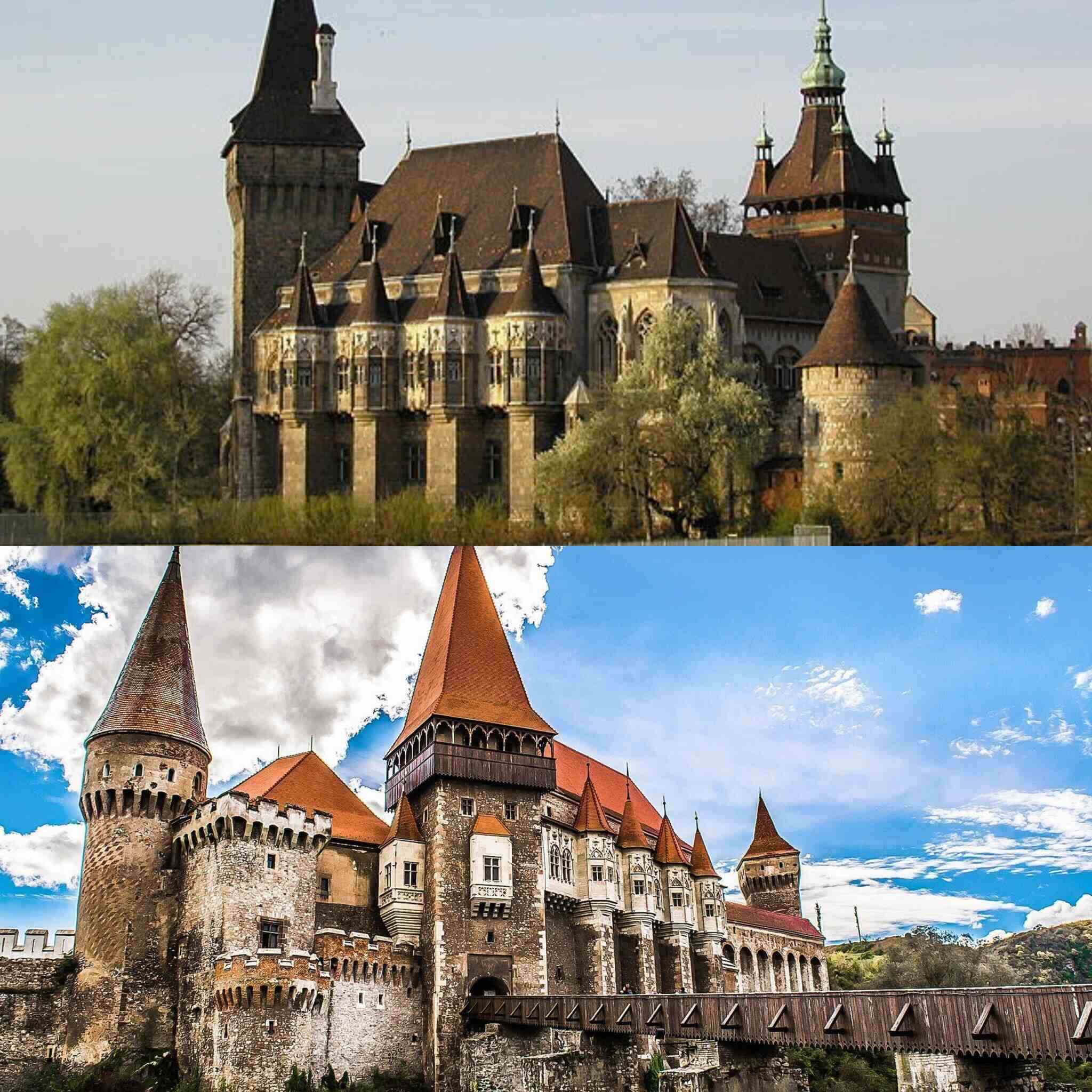
It preserves and proclaims the memory of six centuries of history, not only of the Hunyadi family but also of Transylvanian princes and families. This castle served as a model for the well-known Vajdahunyad Castle, built in the City Park as part of the 1896 Millennium celebrations, reported Kirándulás tippek.
Budapest in America
Did you know that the Hungarian capital has a twin city in America. The settlement that consists of seven buildings is located in Georgia and was founded by Hungarian immigrants in the late 1880s. They came at the invitation of Ralph L. Spencer, a Connecticut-born gentleman. His plan was to establish vineyards in the hills of Haralson County, seeking European immigrants with some knowledge of winemaking. The Hungarian community came from Pennsylvania where they worked in mines. Spencer’s offer was irresistible: in exchange for winemaking, they could work in an industry that reminded them of their homeland, and they would get land. By the turn of the century, some 200 families had moved to the area and named their largest settlement Budapest in homage to the Hungarian capital.
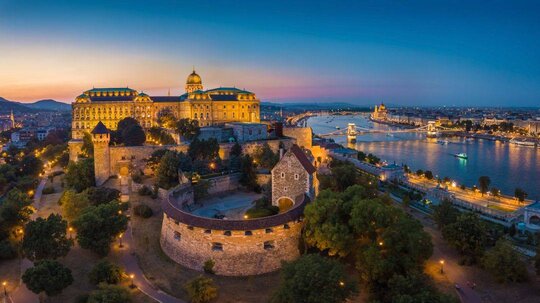
According to Wikipédia, the decline of the once Hungarian-inhabited settlement was ultimately caused by the fact that the local people have a lot of prejudice against Hungarians regarding their way of life and their lack of English knowledge. In 1908, wine production began to decline due to the Prohibition Act in Georgia. The Hungarians, having lost their livelihoods, moved back north and continued to work in mines.
Source: erdekesvilag.hu, magyarorszagom.hu, sokszinuvidek.24.hu, kirandulastippek.hu, wikipedia.org






Kitti, get your facts right: “The replica beautifies the skyline of the English city of Marlow”. First, the one in Budapest is the scaled up replica, the Marlow Bridge was completed in 1832 and was the template for the one in Budapest which was only started in 1840 (completed 1849). Secondly, Marlow is a town not a city. Marlow first, Budapest replica.
Dear Pevsner, thanks for the info. We’ve made some changes in the text accordingly.
Dear Eleonora, thanks for the changes. You may be interested know that the original components of the chain bridge were actually made in England and then transported to Budapest to be assembled. It would be fair to say that the bridge was made in England and then put together in Budapest.
Dear Pevsner, thank you for the additional info, we have added it. We appreciate your contribution to bettering our article.